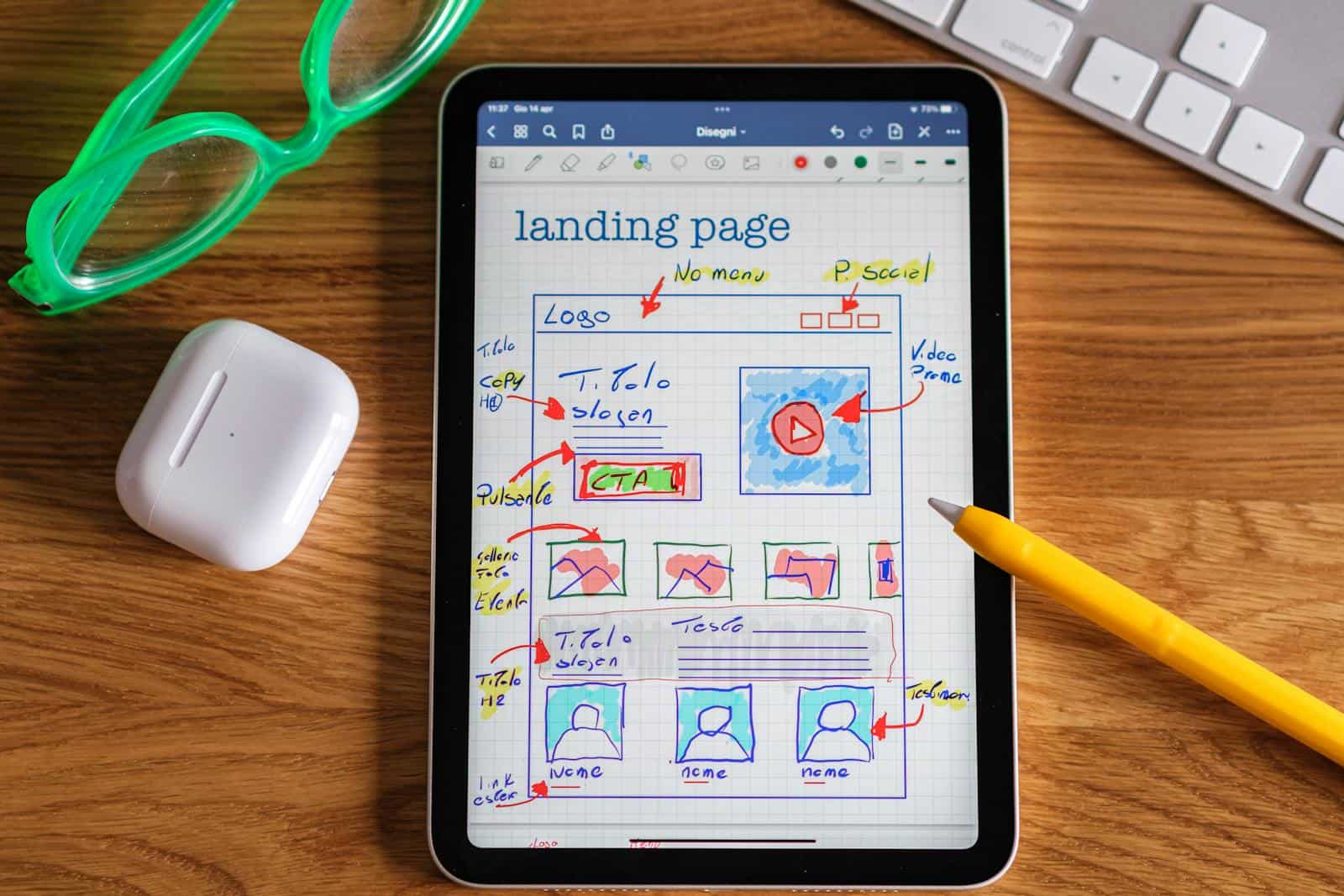Email deliverability refers to the ability of your emails to reach the intended inboxes of your recipients. When you send an email, you want to ensure that it doesn’t just get sent, but actually arrives in the correct recipient’s inbox – and is read and acted upon.
Understanding the factors that influence deliverability can help you improve your email campaigns and achieve better results. Several elements contribute to email deliverability, including sender reputation, content quality, and recipient engagement.
Your sender reputation is built over time, based on how recipients interact with your emails. If your emails are frequently marked as spam or ignored, your reputation suffers, making it harder for future emails to land in inboxes. The content of your emails plays a significant role, too. Emails that contain spammy language, or excessive links, may be flagged by filters, preventing them from reaching their destination.
Contact Teracore to assist you with emails that deliver! >
Key Takeaways
- Understanding Email Deliverability:
- Email deliverability refers to the ability of an email to successfully reach the recipient’s inbox without being filtered as spam.
- Factors that affect email deliverability include sender reputation, content quality, and recipient engagement.
- Best Practices for Email Deliverability:
- Use a recognizable sender name and email address.
- Personalize and segment your email lists to send targeted and relevant content.
- Regularly clean your email list to remove inactive or invalid addresses.
- Use authentication protocols like SPF, DKIM, and DMARC to verify the legitimacy of emails.
- Monitoring and Analyzing Email Deliverability:
- Regularly monitor email deliverability metrics such as open rates, click-through rates, and bounce rates.
- Use email deliverability tools to identify and resolve any deliverability issues.
- Tips for Improving Email Deliverability:
- Avoid using spam trigger words and phrases in your email content.
- Encourage recipients to add your email address to their contact list to improve deliverability.
- Test different subject lines and content to optimize engagement and deliverability.
- The Importance of Authentication and Reputation:
- Authentication protocols like SPF, DKIM, and DMARC help establish sender legitimacy and improve deliverability.
- Building a positive sender reputation is crucial for maintaining high email deliverability rates.
- Leveraging Personalization and Segmentation for Better Deliverability:
- Personalized and segmented emails are more likely to resonate with recipients and avoid being marked as spam.
- Tailoring content to specific audience segments can improve engagement and deliverability.
- Ensuring Compliance with Email Regulations:
- Adhering to regulations such as the CAN-SPAM Act and GDPR is essential for maintaining good email deliverability.
- Provide clear opt-in and opt-out options for recipients and honor their preferences.
Best Practices for Email Deliverability
Maintaining a Clean Email List
Regularly removing inactive subscribers and invalid email addresses helps ensure that your messages are sent to engaged recipients. This improves your open rates and positively influences your sender reputation.
Crafting Compelling Subject Lines and Engaging Content
Another best practice involves crafting compelling subject lines and appealing content. Your subject line is the first impression recipients have of your email, so it should be enticing enough to encourage them to open it.
Improving Deliverability through Engagement
Once opened, the content must be relevant and valuable to keep recipients interested. High engagement rates signal to email service providers that your emails are wanted, which can improve deliverability over time.
Contact Teracore to assist you with emails that deliver! >
Monitoring and Analyzing Email Deliverability
| Metrics | Description |
|---|---|
| Delivery Rate | The percentage of emails successfully delivered to the recipient’s inbox |
| Bounce Rate | The percentage of emails that were not delivered to the recipient’s inbox |
| Open Rate | The percentage of recipients who opened the email out of the total delivered |
| Click-Through Rate (CTR) | The percentage of recipients who clicked on a link within the email |
| Spam Complaint Rate | The percentage of recipients who marked the email as spam |
| Unsubscribe Rate | The percentage of recipients who unsubscribed from the email list |
Regularly checking key metrics such as bounce rates, open rates, and click-through rates provides valuable insights into how well your emails are performing. High bounce rates may indicate issues with your email list or sending practices, while low open rates could suggest that your subject lines need improvement.
Using analytics tools can help you dive deeper into these metrics. For instance, segmenting your audience based on engagement levels allows you to tailor your messaging more effectively. By understanding which segments respond best to certain types of content or subject lines, you can refine your approach and boost overall deliverability. Continuous monitoring ensures that you stay ahead of potential issues and can adapt quickly to changes in recipient behavior or email service provider algorithms.
Tips for Improving Email Deliverability
Improving email deliverability requires a proactive approach, and a willingness to adapt your strategies based on performance data. One effective tip is to encourage recipients to add you to their contact lists or whitelist your email address. This simple action can significantly enhance the likelihood of your emails landing in their inboxes, rather than being filtered into spam folders.
Another important tip is to optimize the timing of your email sends. Experimenting with different days and times can help you identify when your audience is most likely to engage with your content. Use A/B testing for subject lines and content formats to determine what resonates best with your audience. By continuously refining your approach based on these insights, you can improve engagement rates and, consequently, deliverability.

The Importance of Authentication and Reputation
Authentication plays a critical role in ensuring that your emails are delivered successfully. Implementing authentication protocols such as SPF (Sender Policy Framework), DKIM (DomainKeys Identified Mail), and DMARC (Domain-based Message Authentication, Reporting & Conformance) helps verify that your emails are genuinely coming from you. These protocols protect against spoofing and phishing attacks, which can damage your reputation and lead to lower deliverability rates.
Your sender reputation is another key factor influencing deliverability. It reflects how email service providers view your sending practices based on various metrics, including complaint rates and engagement levels. A strong reputation increases the chances of your emails reaching inboxes rather than being filtered out as spam.
To maintain a positive reputation, focus on sending relevant content to engaged subscribers, and promptly addressing any issues that arise.
Contact Teracore to assist you with emails that deliver! >
Leveraging Personalization and Segmentation for Better Deliverability
By tailoring your messages to specific audience segments, based on their preferences and behaviors, you increase the likelihood of engagement. Personalized emails often see higher open and click-through rates, which signals to email service providers that your content is valuable to recipients.
Segmentation allows you to categorize your audience based on various criteria such as demographics, purchase history, or engagement levels. This targeted approach enables you to send more relevant content to each group, further enhancing engagement rates. For example, sending tailored offers to loyal customers can lead to higher conversion rates, while keeping your brand top-of-mind.

Ensuring Compliance with Email Regulations
Compliance with email regulations is essential for maintaining a good sender reputation, and ensuring successful deliverability. Familiarizing yourself with laws such as the CAN-SPAM Act in the United States or GDPR in Europe is crucial for any email marketer. These regulations set guidelines for obtaining consent from recipients before sending marketing emails, and require clear opt-out options in every communication.
Failure to comply with these regulations can result in hefty fines and damage to your reputation as a sender. To be compliance, always obtain explicit consent from subscribers before adding them to your list. Provide easy ways for them to unsubscribe if they choose to do so. By prioritizing compliance, you protect yourself legally while building trust with your audience.
Conclusion
Understanding and improving email deliverability is an ongoing process that requires attention to detail, and a commitment to best practices. By focusing on maintaining a clean list, crafting engaging content, leveraging personalization, and ensuring compliance with regulations, you can significantly enhance the chances of your emails reaching their intended recipients’ inboxes. With the right strategies in place, you can maximize the effectiveness of your email marketing efforts and achieve better results for your business.
If you are interested in learning more about email deliverability services, you may want to check out this article on transactional email services. This article offers tips and best practices for optimizing your email campaigns, and increasing engagement with your audience.
Stay sharp – subscribe for tips and tools >
FAQs
What is an email deliverability service?
An email deliverability service is a tool or service that helps businesses ensure that their marketing and transactional emails reach the intended recipients’ inboxes rather than being marked as spam or ending up in the recipients’ junk folders.
How does an email deliverability service work?
An email deliverability service works by monitoring and analyzing various factors that can affect email deliverability, such as sender reputation, email content, and recipient engagement. It provides insights and recommendations to help businesses improve their email deliverability rates.
What are the benefits of using an email deliverability service?
Using an email deliverability service can help businesses improve their email marketing performance, increase open and click-through rates, and ultimately drive more conversions. It can also help businesses maintain a positive sender reputation and avoid being blacklisted by email service providers.
What are some common features of email deliverability services?
Common features of email deliverability services include email authentication, inbox placement testing, spam filter testing, reputation monitoring, and deliverability reporting. Some services also offer email list hygiene and compliance monitoring features.
How can businesses choose the right email deliverability service for their needs?
When choosing an email deliverability service, businesses should consider factors such as the service’s reputation, deliverability expertise, range of features, pricing, and customer support. It’s also important to look for a service that integrates well with the business’s existing email marketing platform.



